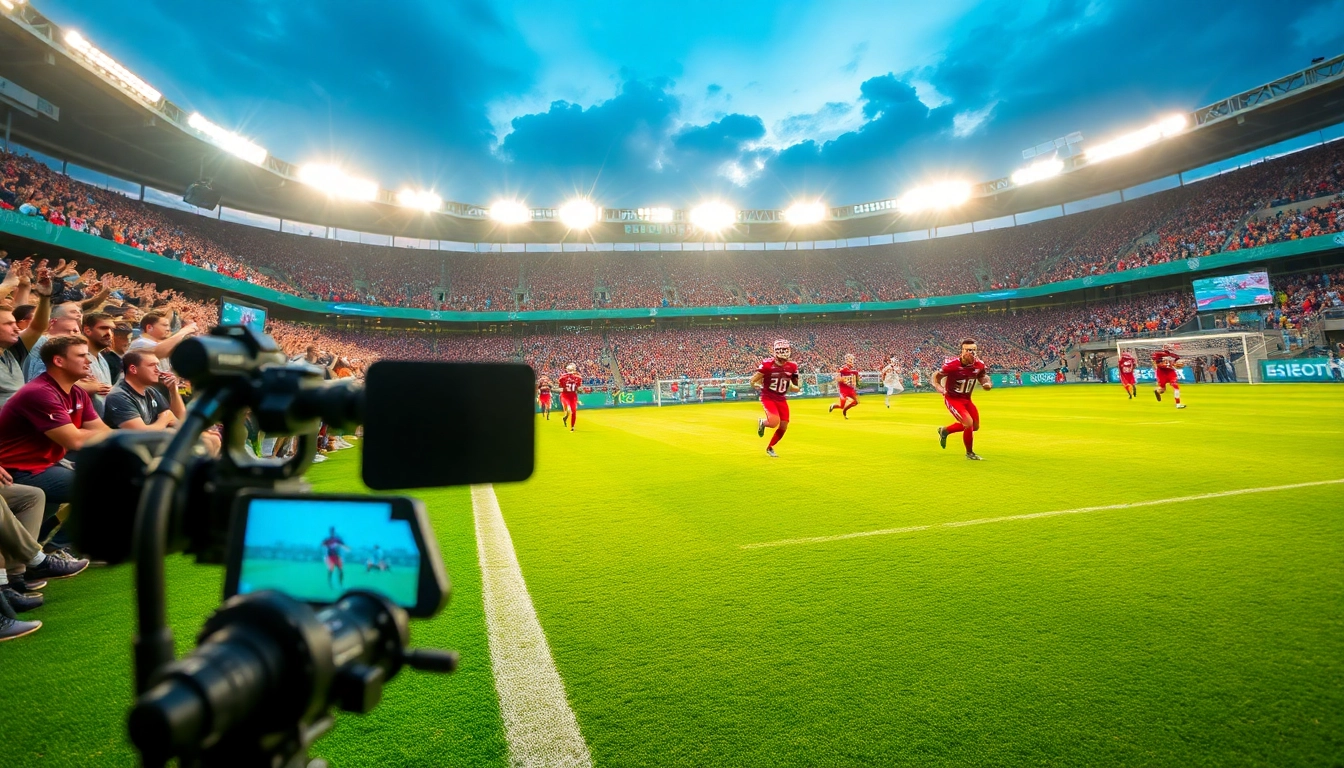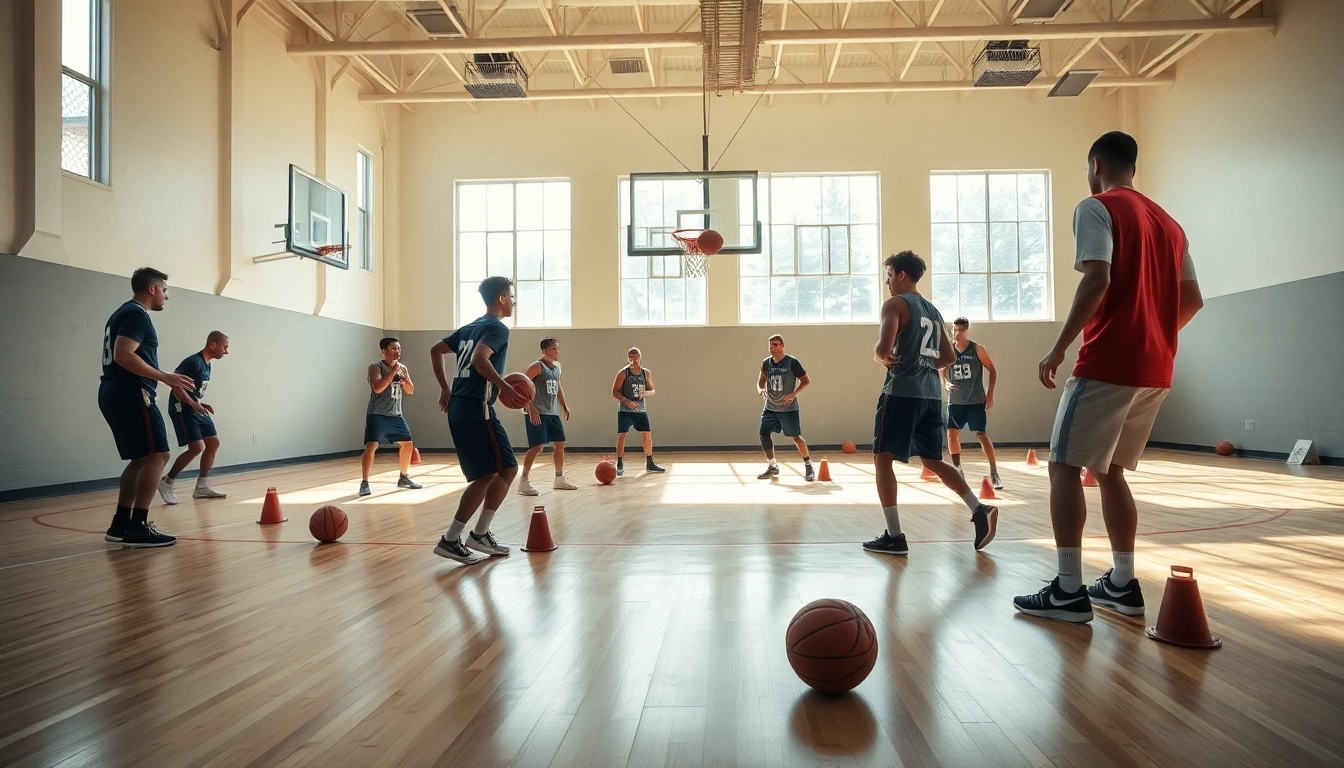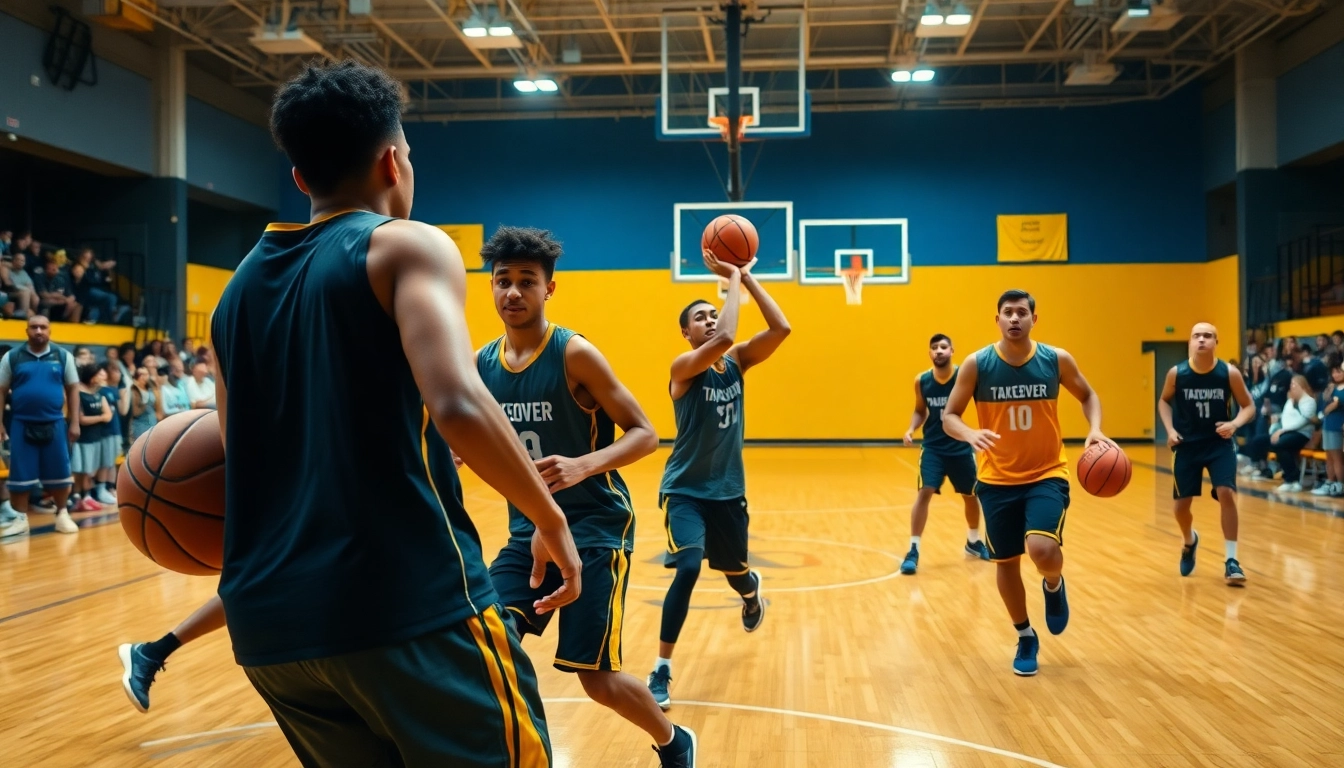Understanding Weightlifting Basics
What is Weightlifting?
Weightlifting is a strength-based sport and fitness activity where athletes lift weights in a competitive setting or for personal fitness goals. The primary aim is to enhance strength and muscle mass through various weightlifting movements, primarily involving the barbell and free weights. Competitive weightlifting includes two main lifts: the snatch and the clean and jerk, where athletes perform these lifts with controlled technique to lift as much weight as possible overhead.
Despite its competitive nature, weightlifting can be practiced by anyone, regardless of age or fitness level, making it a universal tool for building strength, improving body composition, and enhancing functional fitness. For those looking to dive deeper into weightlifting, understanding its nuances is the first step toward achievement and excellence in this sport.
The Different Types of Weightlifting
Weightlifting can be categorized into several types, each with specific training focus and outcomes. Here’s a breakdown:
- Olympic Weightlifting: This type is recognized as a competitive sport and consists of two main lifts: the snatch and the clean and jerk. Olympic weightlifting emphasizes the development of explosive strength, coordination, and flexibility, critical for lifters competing in events.
- Powerlifting: Powerlifting primarily consists of three lifts: squat, bench press, and deadlift. Unlike Olympic weightlifting, the focus here is on lifting the maximum weight possible for a single repetition in each lift, emphasizing different muscle groups.
- Bodybuilding: Though not a competitive sport in the same vein, bodybuilding incorporates weightlifting aimed at muscle hypertrophy and aesthetics. Bodybuilders often perform a variety of exercises to enhance muscle size and symmetry rather than focusing on maximum lift capacity.
- Functional Fitness: Many fitness enthusiasts incorporate weightlifting into their routines to improve overall physical performance and functional strength, applicable to daily life activities. This includes various movements often segregated from competitive lifts but nonetheless vital for overall fitness.
- Recreational Weightlifting: This category encompasses those who lift weights for general fitness and health benefits without any intention to compete. It includes various training modalities and methodologies that cater to weight loss, muscle gain, or general strength improvement.
Weightlifting vs. Strength Training
Weightlifting is often confused with general strength training, but there are distinct differences. Weightlifting emphasizes Olympic lifts specifically designed to improve explosive strength and technique, focusing on movement precision, while strength training can encompass a wider array of exercises including traditional body lifts, circuit training, and functional movements.
In essence, all weightlifting is strength training, but not all strength training is weightlifting. Knowing these distinctions can help you personalize your training regimen to suit your fitness goals effectively. Inventions like kettlebells, resistance bands, and bodyweight exercises also play an essential role in holistic strength training approaches.
Essential Weightlifting Techniques
How to Perform the Snatch Correctly
The snatch is one of the most technical lifts in weightlifting, requiring immense concentration, speed, and technique. Here’s a step-by-step guide to performing the snatch correctly:
- Setup: Stand with your feet shoulder-width apart, centering yourself over the barbell. Grip the bar with a wide grip, usually outside your knees.
- First Pull: Initiate the lift by extending your legs while keeping your back straight and chest up. Pull the barbell off the ground while maintaining a tight core.
- Transition: As the bar passes your knees, thrust your hips forward and shift your torso to an upright position, allowing the barbell to travel along your body.
- Second Pull: Explosively extend through your hips, knees, and ankles to propel the barbell upward. At this moment, use your shoulders to shrug as high as possible.
- Catch: Quickly drop under the bar and catch it overhead in a squat position, stabilizing it with straight arms.
- Recovery: Stand up while keeping the barbell locked overhead and return to the starting position.
It takes considerable practice to master the snatch, including flexibility training and muscle coordination drills. Practitioners should always prioritize technique over weight, gradually increasing the load as proficiency improves.
Mastering the Clean and Jerk
The clean and jerk is composed of two distinct movements: the clean, where the bar is lifted to shoulder height, and the jerk, where it’s propelled overhead. Here’s how to execute this lift effectively:
- The Clean:
- Follow a similar starting position as the snatch. Your grip will be shoulder-width apart.
- The first pull is analogous to the snatch until the barbell passes your knees. Then, as you transition, pull your elbows high and quickly pivot your elbows under the bar into a front rack position.
- Stand abruptly, raising the barbell to shoulder height while maintaining a vertical back and engaged core.
- The Jerk:
- Get into a split or squat position with the barbell resting on your shoulders. Dip slightly by bending your knees, then drive upward through your legs.
- Quickly push the barbell overhead with locked elbows, moving your body under it to stabilize the weight.
- Finish with both feet firmly planted to maintain balance.
Much like the snatch, the clean and jerk demands precision and explosive power. Adequate mobility training, core strength, and technique drills should be integral to your preparation.
Common Weightlifting Mistakes to Avoid
While weightlifting can be incredibly rewarding, it’s also easy to make mistakes that could lead to injuries or hinder your progress. Here are some common pitfalls to avoid:
- Poor Technique: Always prioritize form over the amount of weight lifted. Uncontrolled movements can lead to severe injuries.
- Neglecting Warm-Up: Lack of a proper warm-up can lead to muscle strain. Always engage in dynamic stretches and activations before starting your lifting sessions.
- Ignoring Recovery: Recovery is just as crucial as exercise itself. Overtraining can lead to burnout and injuries; hence, ensure to factor in rest days.
- Skipping Strength Accessory Work: Ignoring muscle groups that support your primary lifts could lead to imbalances. Incorporate accessory movements targeting stabilizing muscles to enhance overall lift performance.
Correcting these mistakes will improve your performance and significantly reduce the risk of injury.
Building a Weightlifting Routine
Creating a Beginner’s Weightlifting Plan
Starting a weightlifting program can be daunting without guidance. Here’s how to create a structured plan that builds strength methodologically while ensuring safety:
- Set clear goals: Are you aiming for strength, hypertrophy, or both? Make these objectives measurable.
- Frequency: Decide on training frequency. Beginners can start with two to three sessions a week, focusing on full-body workouts.
- Exercise Selection: Include compound movements (squats, deadlifts, bench press) for efficiency, while focusing on form.
- Progress Tracking: Keep a workout log to monitor progress, adjust weights, and establish new benchmarks based on your evolution.
As you progress, adding complexity by including variations of lifts and changing rep ranges is essential for continuous improvement.
Progression Strategies for Weightlifting
Progression is vital for continued success in weightlifting. Here are strategies to ensure continuous improvement:
- Gradual Weight Increase: A common method for progression is to increase the weight lifted slowly and steadily. The “2-for-2” rule—being able to perform two additional repetitions for two consecutive sessions—can be a guideline for increasing weights.
- Volume Manipulation: Increasing the number of sets or reps while keeping the weight constant will help build endurance.
- Variation: Incorporate variations of each lift to stimulate different muscle fibers and promote overall development. For instance, trying paused squats or deficit deadlifts can enhance your training.
- Deload Weeks: Implement regular deload weeks for recovery. A week with reduced volume or intensity helps prevent burnout and overtraining.
Incorporating Accessory Exercises
Accessory exercises target stabilizer muscles that are critical for increasing your primary lift performance. Here are some great examples:
- Pull-Ups: Essential for upper body strength, supporting stability during lifting movements.
- Lunges: Promote hip stability and leg strength, crucial for nearly all lifting activities.
- Dumbbell Shoulder Press: Enhances shoulder strength, supporting lifts like the clean and jerk.
- Planks: Core stability is paramount; build a solid core to improve performance in all lifts.
Incorporating these exercises will improve balance, coordination, and strength, ultimately resulting in better primary lift execution.
Nutrition for Weightlifters
Understanding Macronutrients for Weightlifting
Nutrition plays a crucial role in weightlifting performance. Fundamental knowledge about macronutrients can help enhance muscle recovery and growth:
- Proteins: They are essential for muscle repair and growth. Weightlifters should aim for approximately 1.2 to 2 grams per kilogram of body weight, depending on goals.
- Carbohydrates: These provide the necessary energy for high-intensity workouts. Adequate carb intake impacts performance and recovery.
- Fats: Healthy fats are vital for hormone production and overall health. Incorporating sources from avocados, nuts, and olive oil can support calorie needs.
Pre- and Post-Workout Nutrition Tips
Your pre- and post-workout nutrition can significantly impact your training effectiveness and muscle recovery:
- Pre-Workout: Aim for a meal rich in carbohydrates and moderate protein approximately 2-3 hours before training. Snacks like a banana or an energy bar can serve as quick energy sources 30 minutes before workouts.
- Post-Workout: Consuming protein and carbohydrate-rich meals within 30 minutes post-exercise aids recovery and muscle protein synthesis. A protein shake with fruit or a chicken and rice meal are excellent choices.
Hydration Strategies for Optimal Performance
Hydration is often overlooked, yet vital for athletic performance. Dehydration can lead to fatigue and decreased strength. Here are some strategies:
- Before Training: Ensure you are well-hydrated in advance of your training session.
- During Training: Take small sips of water or electrolyte drinks every 15-20 minutes during workouts to maintain hydration levels.
- Post-Workout: Replenish fluids lost during exercise, aiming for at least 1.5 liters of fluid for every kilogram of body weight lost during training.
Measuring Success in Weightlifting
Tracking Weightlifting Progress
To achieve results, it’s necessary to track progress effectively. Here are some strategies:
- Keep a Training Log: Document each training session, including weights lifted, sets, and reps to visualize progress over time.
- Monitor Body Composition: Using body composition scales or measuring tape can help you assess changes in muscle mass versus fat loss.
- Establish Performance Benchmarks: Regularly testing your lifts ensures you have a tangible measurement of how much you’ve improved.
Setting Realistic Weightlifting Goals
Goal setting helps maintain focus and motivation in your training regimen. Here’s how to set SMART goals:
- Specific: Clearly define what you aim to achieve (e.g., lifting a specific weight).
- Measurable: Use quantifiable metrics to track progress (e.g., increasing bench press weight by 5% over 8 weeks).
- Achievable: Set challenging yet realistic goals based on your current level.
- Relevant: Ensure they align with your aspirations for health, fitness, and personal chronicle.
- Time-bound: Set deadlines to create a sense of urgency.
The Role of Recovery in Weight Training
Recovery is essential for progress in weightlifting. Without it, muscle repair, hormonal balance, and overall performance can suffer. Here are key considerations:
- Rest Days: Schedule regular rest days in your program to allow muscle recovery and adaption.
- Sleep: Aim for 7-9 hours of sleep per night to promote recovery and muscle growth.
- Active Recovery: Engaging in light cardio or stretching on off days can enhance circulation and help recover without adding stress to your muscles.










Leave a Reply